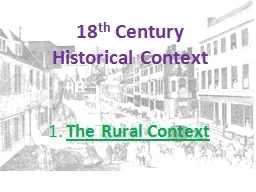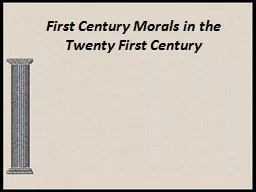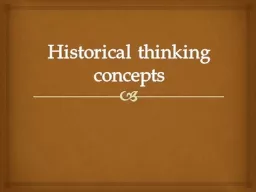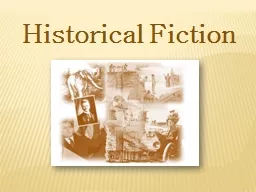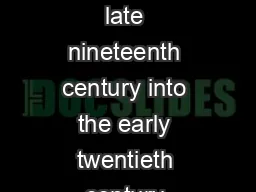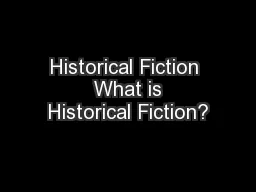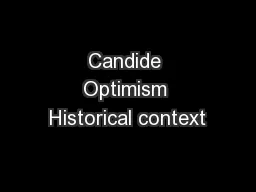PPT-18 th Century Historical Context
Author : myesha-ticknor | Published Date : 2019-02-09
1 The Rural Context For over 200 years people have left the countryside and fled to towns or overseas There are many reasons for this including conditions became
Presentation Embed Code
Download Presentation
Download Presentation The PPT/PDF document "18 th Century Historical Context" is the property of its rightful owner. Permission is granted to download and print the materials on this website for personal, non-commercial use only, and to display it on your personal computer provided you do not modify the materials and that you retain all copyright notices contained in the materials. By downloading content from our website, you accept the terms of this agreement.
18 th Century Historical Context: Transcript
Download Rules Of Document
"18 th Century Historical Context"The content belongs to its owner. You may download and print it for personal use, without modification, and keep all copyright notices. By downloading, you agree to these terms.
Related Documents

